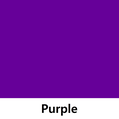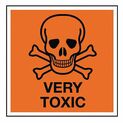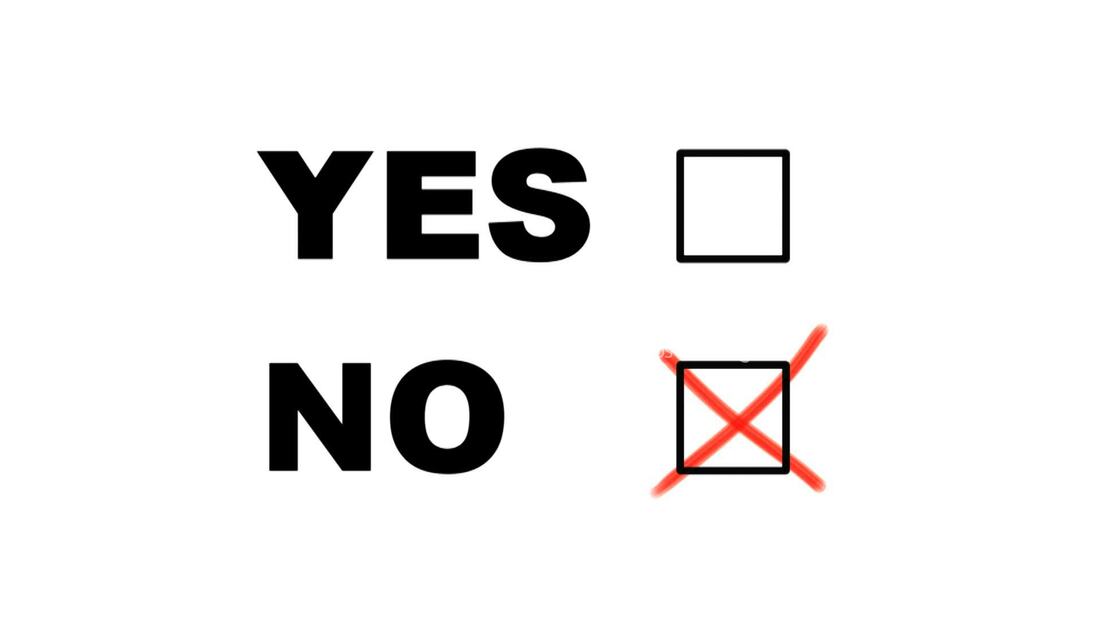|
Formula
Procedure of Application
Development Complete When
Source of Error
Incompatibilities
Precautions
Storage Container
Safety
Recommendations
Similar Reagent
Sequential Reagent
Formula
FORMULA #1 1 ml Gentian Violet solution in 1000 ml distilled water. FORMULA #2 1 g Gentian Violet crystals in 1000 ml distilled water. Procedure of Application
Development Complete When
After a purple color is noted, and repeated applications no longer produce enhancement of ridge detail. Source of Error
This is a non-specific protein stain. Weak, exhausted working solutions are ineffective. Incompatibilities
Porous surfaces that strongly absorb the dye stain. Tapes containing adhesives which are water-soluble should be avoided. Precautions
Color of stained latent prints fade under strong photo lights or sun light. This is a messy technique involving a dye that is difficult to remove from clothing, counter tops and skin. Storage Container
Dark or Clear stoppered glass bottles. Safety
Don't get any solution on any open wound on your body!!! This reagent is very TOXIC by swallowing or skin contact. Recommendations
Most effective on recently deposited, 'fresh' latent prints on tapes. Developed detail may be viewed with forensic light source to improve contrast. Similar Reagent
Sequential Reagent
Vertical Divider
|
Chemical Name
Gentian Violet Surface Used On Non-Porous surfaces, especially the adhesive side of tapes Sensitive To Epithelial skin cells, Sebaceous lipids & Proteins Abridged Reagent Sequence
Vertical Divider
|
Ridge Detail Visualized by:
Visible chemical/stain reaction Forensic Light Source induced Reagent Applicabilities: Tape Surfaces Non-Porous Surfaces Fluroescent Techniques Other Chemical Name(s): Crystal Violet Crystal Violet Chloride Aniline Violet Basic Violet 3 Bismuth Violet Working Solution Shelf-life: Indefinite |
Process Summary:
This is a dye staining process using a water-based working solution. The evidence is repeatedly stained and rinsed until optimum development occurs. This reagent may be applied to surfaces that are contaminated with oils and grease.
This is a dye staining process using a water-based working solution. The evidence is repeatedly stained and rinsed until optimum development occurs. This reagent may be applied to surfaces that are contaminated with oils and grease.
Accepted Deviations:
The working solution may be re-used. The working solution may also be applied by brushing. The developed detail may be viewed under a forensic light source at 505 nm to 570 nm using red viewing goggles.
The working solution may be re-used. The working solution may also be applied by brushing. The developed detail may be viewed under a forensic light source at 505 nm to 570 nm using red viewing goggles.
Supporting Reference Materials:
- "A Modified Crystal Violet Application Technique for Black Electrical Tape", Journal Forensic Identification, Vol. 40, No. 3, pg. 148.
- Minutiae Magazine, Summer Special 1994, Issue No. 24, pg.7.
- "Chemical Formulas and Processing Guide for Developing Latent Prints", U.S. Dept. of Justice, pg. 47-48, 1994.
- Advances in Fingeprint Technology 2nd. Ed., Lee, H.C. & Gaensslen, R.E., CRC Press, Boca Raton, FL., 2001.
- Manual of Fingerprint Development Techniques 2nd. Ed., Home Office - Police Scientific Development Branch, White Crescent Press, Ltd., Luton, England, 2001.
- Technical Notes, Lightning Powder Co. Inc., Salem, OR., 2001.




